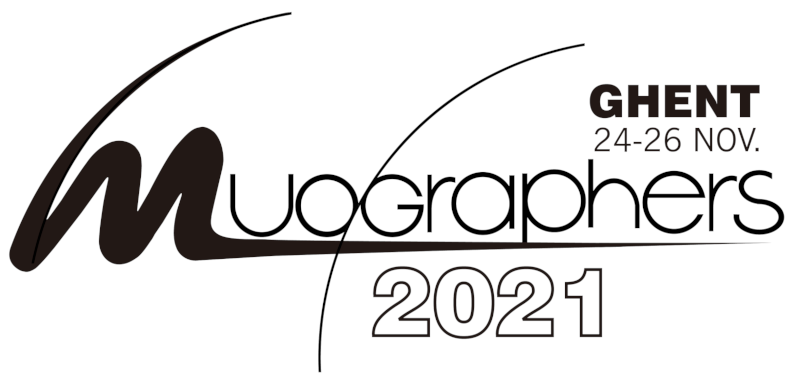Speaker
Description
The feasibility of muography for geological survey and mining exploration has been demonstrated in many works around the world, since the first steps of muography. It was in 1955, as documented, the first use of muons was to measure the ice thickness above the tunnel of a mine in Australia.
Muography with muon telescopes in an underground setting has an easy side due to the absence of the background radiation but, on the other hand, the muon flux is much lower compared to what is measured on the surface. It is a matter of geological and underground conditions, suitable muon detectors and the necessary time of exposition to carry the observation.
To innovate the geophysics methods panorama in Portugal, a collaboration has been established between the Institute of Earth Sciences (ICT) – University of Évora, the Laboratory of Instrumentation and Experimental Particle Physics (LIP) and the Lousal Living Science Center to develop muon telescopes and evaluate the muography potential in the Lousal Mine.
The Lousal Mine is no longer an exploration mine, it now functions as a mining museum integrated in scientific and educational activities. The upper gallery of the mine is the host of the muon observations, about 18 m below the surface. The telescopes, developed by LIP, use robust RPC detectors to observe the crossing muons in real time. The application aims to do a geological survey of the terrain between the upper gallery and the surface, to map structures and ore masses already known and to improve the existing information with new data, while putting to the test the muon detectors performance developed for the project.
Other geophysical methods, particularly seismic refraction and georradar (GPR) methodologies, are being used on the surface of the terrain to build a reference model. The goal is to use all the information gathered to build a 3D density model of the studied region, using muography as a central technique.
